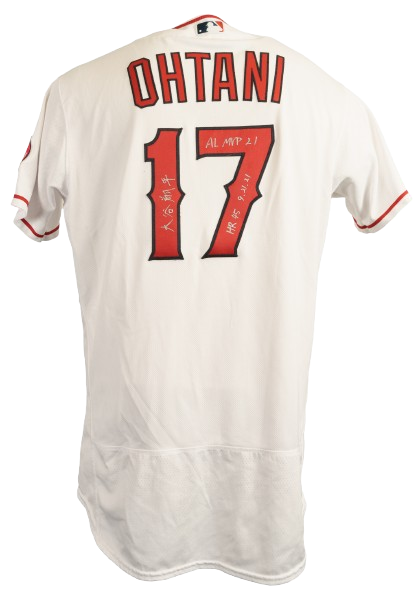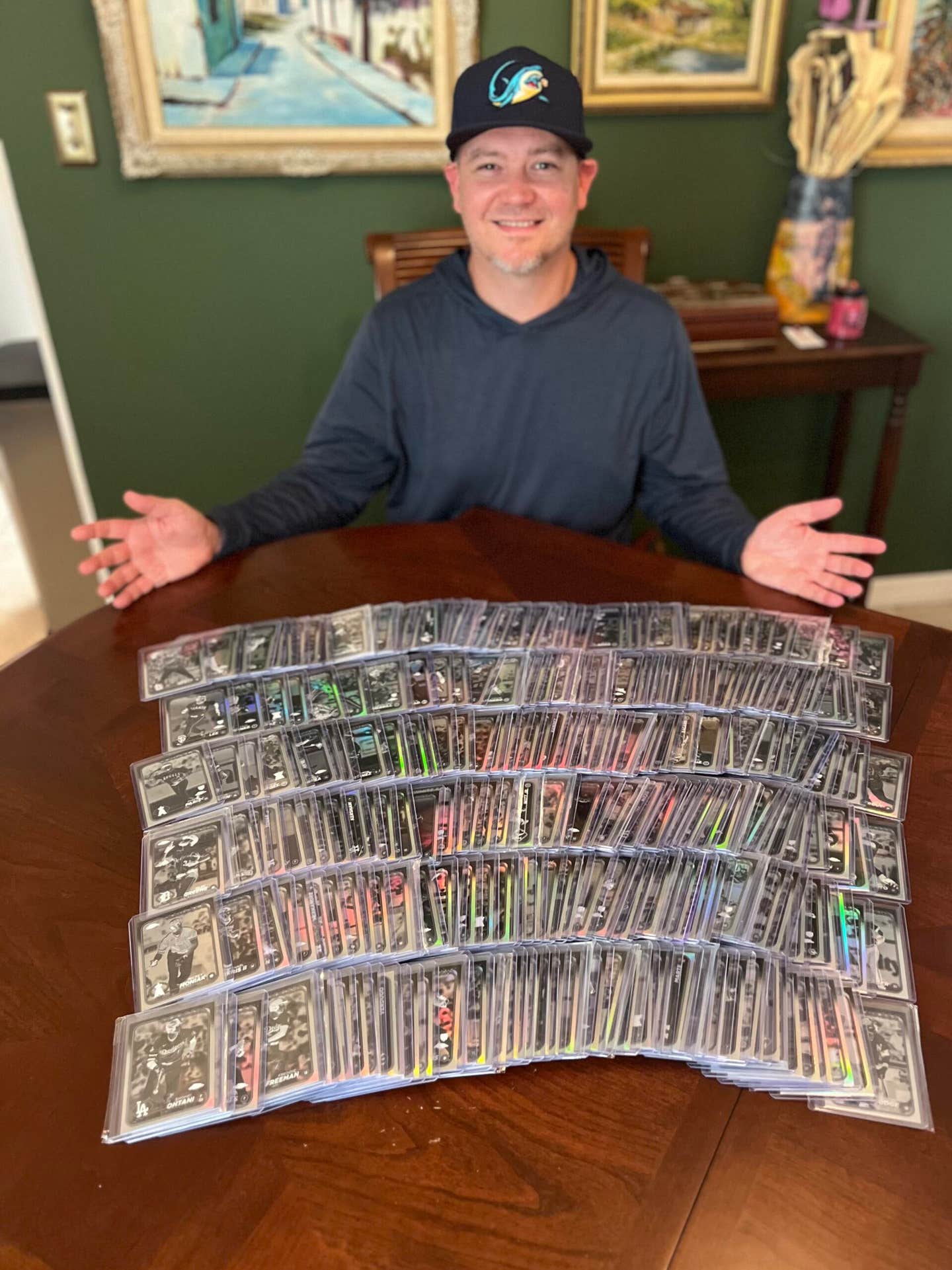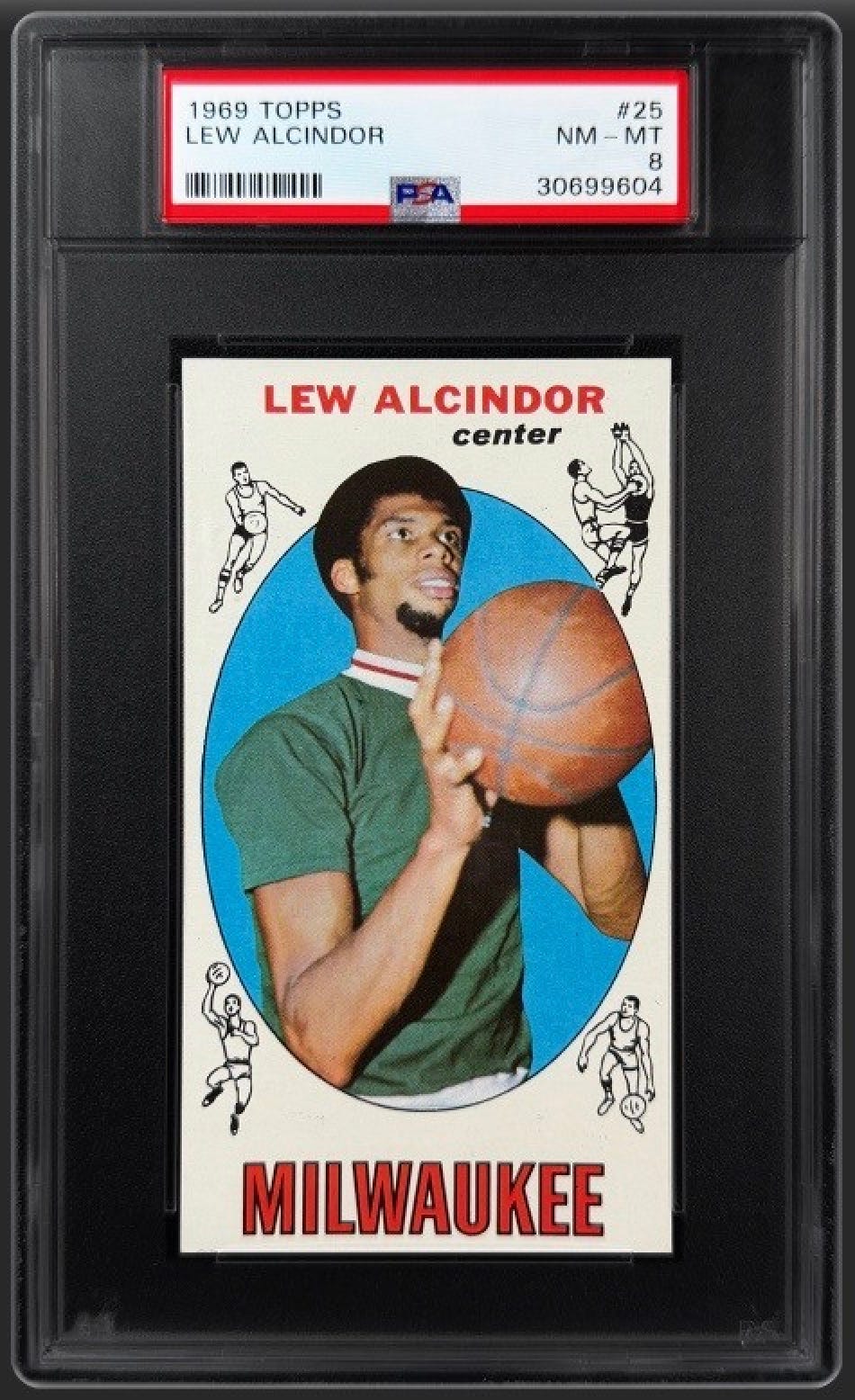Collecting 101
Everything you ever wanted to know about Hall of F
If you're looking for a crash course on baseball history, Hall of Fame plaque postcards might be just the collectible for you.
Showcasing short career summaries of inductees, these postcards offer a glimpse into the accomplishments of baseball's elite.
"I'm a baseball guy and in collecting Hall of Fame plaque postcards, I've learned more about these Hall of Famers in the last couple of months than ever," explained Bill Friedman, a California-based hobbyist, who covets autographed postcards.
Michigan native Jim Maher, another avid collector, concurs. "I've always loved baseball and collecting these postcards was a way to establish a connection to the history of the game," he said.
Bob Hicks, who has provided information about the postcards for the Standard Catalog of Baseball Cards, agrees. He also enjoys the fact that completing a set is achievable. "It's kind of a contained set. It's relatively small," said Hicks.
The affordability of these cards also appeals to people, says Jim Gates, the Hall of Fame's library director. At 25 cents per single and $55 for the entire set, amassing these can be a relatively inexpensive hobby. "They're priced very nicely. It's something that children can do," said Gates.
Of course, the affordability of the postcards depends on what you collect. Vintage and autographed cards have been known to fetch hundreds and even thousands of dollars.
Here is a short history of the postcards:
Sepia Plaque Postcards (1939 to 1943): To commemorate the first Hall of Fame induction ceremony in 1939, sepia postcards that featured pictures of the honorees' plaques were produced.
According to Hicks, there are two types of these postcards. Manufactured prior to the inaugural ceremony, the first type has a caption on the back that ends with "National interest centers in the Centennial Celebration in 1939 at Cooperstown." The second type, printed after the first induction ceremony, showcased a caption that ended with "The National Base Ball Museum and Hall of Fame and Doubleday Field are maintained here as a Shrine to the national game."
Common cards fetch around $100 in near-mint condition, while the Babe Ruth commands approximately $450.
Albertype Black-and-White Plaque Postcards (1944 to 1952): It's believed that Albertype produced the first black-and-white plaque postcards in 1944. Hicks says that these collectibles were manufactured in two types. The only difference is that the first (printed in 1944 and 1945) version reads "Cooperstown, N.Y." (with the state abbreviated) below the plaque on the card front. The state is not abbreviated on the second type (produced from 1945 to 1952). Commons generally command around $20 each in near-mint condition, with Ruth likely to fetch $65.
Artvue Black-and-White Plaque Postcards (1953 to 1963): In 1953, Artvue began manufacturing these cards. These postcards employed different fonts and different backs than the Albertypes. There are two types of Artvues: the first type, reportedly printed from 1953-55, featured holes in the corners of the plaques. The second version, produced from 1956-63, has bolts in the corner holes of the plaques. Common Artvues generally sell for $25 to $30 in near-mint condition, with Ruth worth approximately $120.
Yellow Plaque Postcards (1964-78, 1980 to present): It's believed that the Yellow Plaque Postcards that are common today were introduced in 1964 (some contend it was 1965). Curteichcolor reportedly produced these from 1964 to 1977 or 1978, until Dexter Press (as described below) assumed manufacturing for a short stint. Curteichcolor resumed printing these in 1980, before Mike Roberts took over in 1981.
Unsigned yellow cards are very common. Today, when the Hall runs out of stock, they simply order more. In recent years, postcards of the new honorees have become available on induction day, but Peter Henrici, owner of Baseball Nostalgia in Cooperstown, says that this was not always the case. Although, there aren't records stating when each year's postcards were released, it's safe to say that in previous eras, the plaque postcards were not available until after induction day.
Dexter Press Hall of Fame Plaque Postcards (1978-1979): Believed to have been manufactured in 1978 or 1979 (or both years), these postcards broke away from the yellow design, offering cards in blue, orange, red and green. Only 54 Hall of Famers had plaque postcards issued by Dexter.
Because they left little room for autographs, these cards were unpopular and were discontinued. Common Dexters fetch around $6 each in near-mint condition, with high-profile players like Ruth and Mickey Mantle valued at $25.
Autographed Plaque Postcards: Plaque postcards are also popular among autograph collectors. There are a number of Hall of Famers, however, who died before their cards were issued. Others died shortly after their induction, making their autographed postcards extremely rare. Hobbyists also have to keep in mind that in previous eras, honorees did not always attend their induction ceremony, says Henrici.
"Players had to pay their own way in those days," he said. "As Eddie Roush said, 'You can't get to Cooperstown from anywhere.' "
Here are some of the factors that impact the value of autographed plaque postcards:
Scarcity: Scarcity is the reason that some lower-profile Cooperstowners might command more than superstars. Eddie Collins is the Holy Grail of autographed postcards. Elected to the Hall in 1939, Collins was still alive when his Sepia and Albertype postcards were issued, however, he died in 1951. Therefore, his window of opportunity for signing these postcards was short. The value of a Collins autographed plaque postcard is around $8,000.
In contrast, there are a number of Hall of Famers whose autographed postcards are readily available.
"The guys whom I've seen the most signed examples of are the ones who signed for fans through the mail in the 1980s. Guys like Rick Ferrell, Johnny Mize, Lou Boudreau, Enos Slaughter, Ray Dandridge, Billy Herman, and Burleigh Grimes," said Eric Nishimoto, a Washington-based collector.
"Possible not likely" signatures: The Standard Catalog of Baseball Cards includes a "possible not likely" qualifier for a few Hall of Famers' autographed postcards. Pirates great Paul Waner and legendary Reds manager Bill McKechnie, for example, both died in 1965, and because Yellow Plaque postcards were not manufactured until 1964 or 1965, the likelihood of finding their signature on a yellow card is slim.
Longtime Yankees general manager George Weiss has also been a source of debate. He was inducted in 1971, but did not attend his induction ceremony and died in 1972.
"There's a big controversy about George Weiss on the Golds (Yellow Plaque Postcards) ... Weiss was very ill when they were issued. And while he was still alive, they don't think he was up to signing," explained Hicks.
The signature itself: Where the player signs the card can also impact its value. The ideal spot to have these cards autographed is on the front, above or below the plaque. A signature on the back can decrease a card's value by as much as 50 percent. Jimmie Foxx, Jackie Robinson and Goose Goslin all often signed the backs.
"I've never seen a Goslin postcard signed on the front," said Maher. "He's a tough signer to begin with, because the time between when he made it into the Hall and the time he passed away was all pretty short."
Authenticity: Here are some things to keep in mind to ensure the authenticity of the autograph on a plaque postcard:
1) Know when the player was inducted and when they died. "I've seen an autographed Babe Ruth Artvue, for example, offered. He died in '48 and the first Artvue was '53. You can tell right off the bat that it was fraudulent," explained Hicks.
2) Examine the ink used to sign the postcard. "I can remember seeing people at shows back in the '70s with Babe Ruth ballpoint pen signatures on Gold (Yellow) Plaques," said Henrici.
Keeping in mind that Ruth died in 1948, two things are wrong with this scenario: (1) Ballpoint pens were not widely used until at least the '50s; and (2) Yellow Plaque Postcards were not produced until 1965.
3) Familiarize yourself with signing idiosyncrasies.
Here are some Hall of Famers' signing idiosyncrasies to watch out for:
l Sam Crawford frequently signed the front and back of the postcards and would sometimes adjust his hit total on the plaque. He reportedly believed that his hits from the American Association should be counted in his total.
l Ty Cobb was fond of signing in green ink, says Maher.
l Larry Lajoie tended to write the date with his autograph.
l Joe McCarthy, Casey Stengel and Max Carey tended to include a personal message with their autographs. "Max Carey would usually put little quotes such as, 'Keep your eye on the ball,' along with a personalization with his signature," said Nishimoto.
Resources: If you're looking to start a collection of these postcards, a good place to begin is the most recent edition of The Standard Catalog of Baseball Cards. For additional detailed information, check out the eBay guides created by Hicks at:
http://search.reviews.ebay.com/members/bobfromramona_W0QQuqtZg.
Friedman says that eBay has been a good resource for adding to his collection. Eventually, he would like to create a display of his postcards. "If I mount these and hang them up, you can walk up and you can see when the inductees were inducted and what their accomplishments were," he said.
Such a display would not only ensure that Friedman would be getting a crash course on baseball history, but others looking at it would as well.








